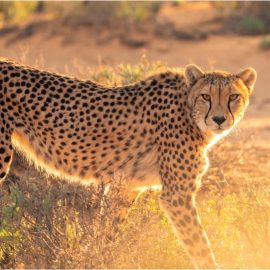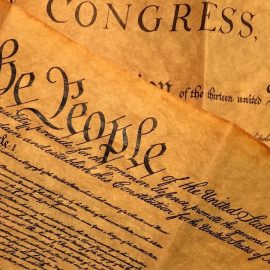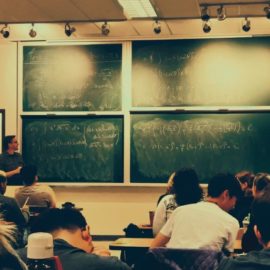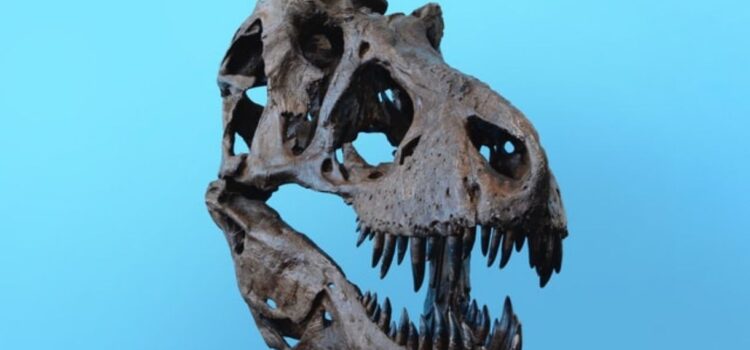
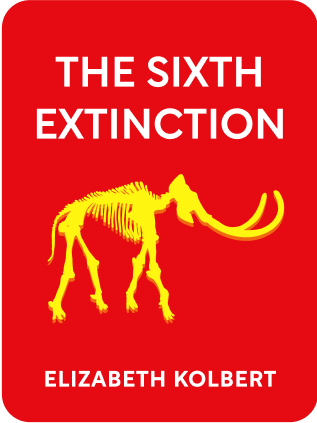
This article is an excerpt from the Shortform book guide to "The Sixth Extinction" by Elizabeth Kolbert. Shortform has the world's best summaries and analyses of books you should be reading.
Like this article? Sign up for a free trial here .
Who was Georges Cuvier? What contribution did he make to evolution? How did George Cuvier’s theory of catastrophism redefine the paradigm of extinction?
Georges Cuvier was a French naturalist and zoologist from the 18th century. He is also known as the “founding father of paleontology.” Georges Cuvier’s theory of catastrophism convinced the skeptical scientific community of the reality of mass species extinctions.
Read about Georges Cuvier’s theory of catastrophism.
Georges Cuvier: Theory of Catastrophism
Until the eighteenth century, scientists and naturalists had no concept of extinction. They believed life was a long, unbroken “chain of being”—that the animals and other life forms existing at the time were the only ones that had ever existed or would exist.
Finally, in revolutionary France in the mid-1700s, a visionary naturalist, Georges Cuvier, began connecting the dots, starting with a giant molar found in New York state in 1705 and shipped to London, plus a cache of mastodon bones found in a sulfurous marsh along the Ohio River in 1739 by a French expedition. The bones seemed elephant-like, but naturalists were confused by the teeth, which were different from elephant teeth.
Cuvier went to work at the Paris Museum and began studying the Kentucky bones in 1795. A year later, he presented his findings in a ground-breaking lecture. He contended the Kentucky bones plus others found in Siberia belonged to two new species of animals, which he called “lost species” or extinct species, since no living animals had ever been found.
He continued searching for lost species and soon added others to the list including a giant sloth Megatherium and a marine reptile Monosaur.
Georges Cuvier’s theory of catastrophism was that numerous species had died out over a widespread area, which he said proved that another world had previously existed and some kind of catastrophe had wiped it out.
Meanwhile, Cuvier sought specimens from other naturalists around Europe. By 1800, he identified 23 species he believed to be extinct, including a pygmy hippo, an elk with massive antlers, a giant bear, and a giant amphibian.
The excitement of finding lost-world species extended across the Atlantic. Farmhands in Newburgh, N,Y, found a giant skeleton. Philadelphia naturalist Charles Wilson Peale reconstructed it and unveiled the eleven-foot tall creature (with the tusks incorrectly pointing down instead of up) on Christmas Eve 1801. It was an American mastodon, but they called it an incognitum and also a mammoth. Peale and his sons sent a second one from the same site to Europe for exhibition. Mammoths caught on in the popular imagination. Suddenly, people in the northeastern U.S. started describing large things as “mammoth”—for instance, merchants advertised “mammoth bread” and “mammoth cheese.”
However, Cuvier realized the Newburgh “mammoth” wasn’t really a mammoth—in an 1806 paper, he called it a mastodon and he identified four other mastodon species. Amateur “fossilists,” who hunted fossils for rich collectors, began uncovering other creatures. In 1812, Cuvier published a four-volume series on fossil animals, the number having grown to 49.

———End of Preview———
Like what you just read? Read the rest of the world's best book summary and analysis of Elizabeth Kolbert's "The Sixth Extinction" at Shortform .
Here's what you'll find in our full The Sixth Extinction summary :
- How humans have set in motion a sixth mass extinction
- The 5 mass extinction events that occurred over the last 500 million years
- Why human ingenuity might be able to save the human species from extinction


